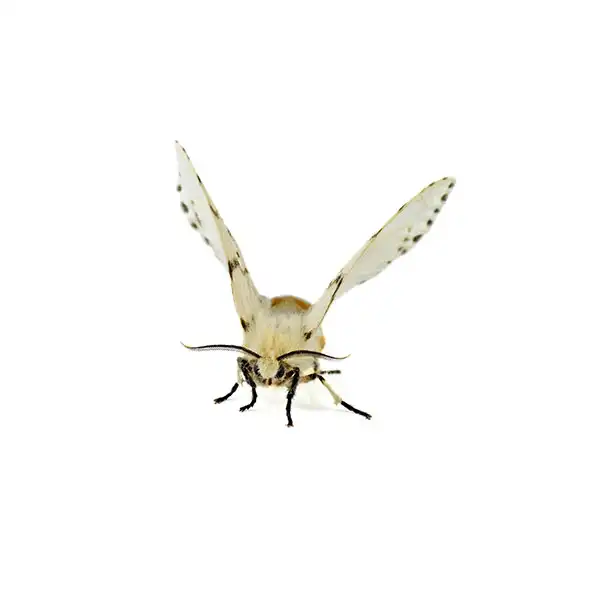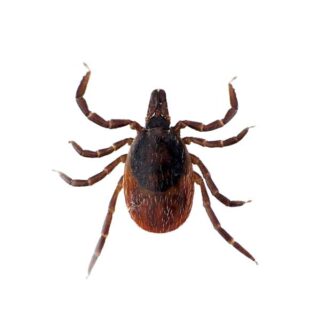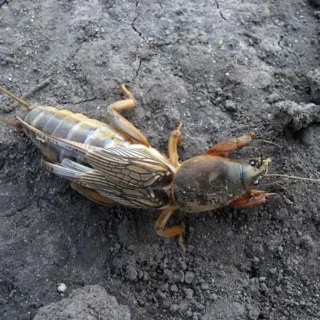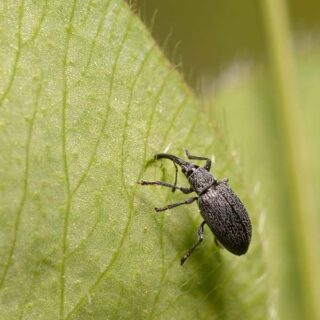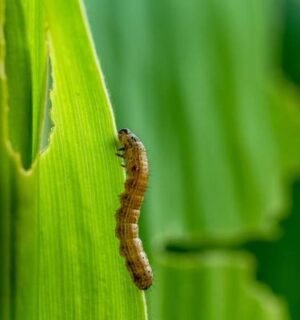Sod Webworms in Jacksonville FL
Sod webworms are a common lawn pest in Jacksonville FL and all across the state. They particularly affect coastal climates and areas with higher humidity. You can identify sod webworm caterpillars by their translucent green color, yellow-brownish heads, and spotted bodies. Adult sod webworms are moths that live near the surface of turfgrass. Seeing a group of moths flying close to the surface of your lawn is a sure sign that you have sod webworms and that more on the way—this hovering motion indicates that they are laying eggs on the surface.
Sod Webworm Habitat
Sod webworms live in climates where mild winters will allow them to survive through the cold. In these regions, they live in and above the soil around many kinds of turfgrasses, including Bermudagrass, centipedegrass, St. Augustinegrass, Bahiagrass, and zoysiagrass. During the day, the larvae burrow into the soil underneath turfgrass, waiting to come out and feed at night. They overwinter in similar tunnels lined with silk to stay warm.
Sod Webworm, Threats, & Dangers
The only real threat of sod webworms is the destruction they can cause on your turfgrass lawn. Younger larvae skeletonize grass blades while more developed larvae cut them off completely. Initial damage in your lawn will appear spotty and inconsistent but will grow as the larvae spread out to find more food. Enough damage might cause parts of your turfgrass to die, but it usually recovers. Fortunately, sod webworms don’t pose any medical threat to us as they don’t bite or transmit diseases.
If you are dealing with a sod webworm issue on your property, contact your local pest control experts.
Need help with Sod Webworm control?
Need Pest Control Service?
Leave your information below and we’ll be in touch with a FREE quote!
"*" indicates required fields
*During normal business hours. After hours calls will be returned the next business day.

